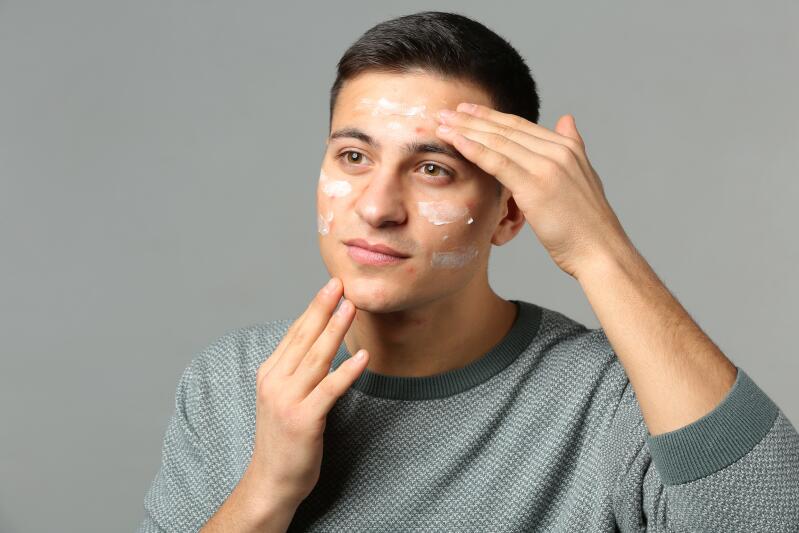-
Your concerns
Our articles to help you gain a better understanding
-
Our solutions
-
DUCRAY Dermatological Laboratories
Our articles to help you gain a better understanding

Putting a cream on your face when you get ready in the morning or when you go to bed at night is a daily habit that is very popular with women and is becoming more and more so with men. But when you have acne, you can't just put anything on your skin, you must choose an effective acne cream. Moreover, depending on their composition, these creams for spots have slightly different actions and are therefore aimed at different groups. To each their own acne cream!
Acne creams are over-the-counter creams that supplement anti-acne medicinal treatment with suitable active ingredients. A mattifying treatment is suitable for people with oily skin and dilated pores. A comprehensive treatment is for acne-prone skin with blackheads, whiteheads and acne spots. When spots are red and inflamed, the treatment must also help to limit residual marks. Creams for adult acne fight against imperfections as well as against marks, spots and wrinkles. Finally, some oral medication treatments irritate and dry out the skin, which must be soothed and hydrated with a compensatory cream.
Many people want an acne healing cream or acne spot cream. Regular application of an acne cream limits the appearance of scars and spots. However, if scars or spots have already formed, you are better off seeing a dermatologist.
Always apply acne cream to clean, dry skin.
Contrary to popular belief, acne creams are not applied spot by spot, unless it is an "anti-spot" stick specifically formulated to locally dry out the spot and accelerate its disappearance. Acne creams are applied to the entire face as if they were an acne day cream, avoiding the eye contour area.
Acne creams have light, non-greasy, non-comedogenic textures and are often an excellent base for makeup.
Oily or acne-prone skin

Oily or acne-prone skin